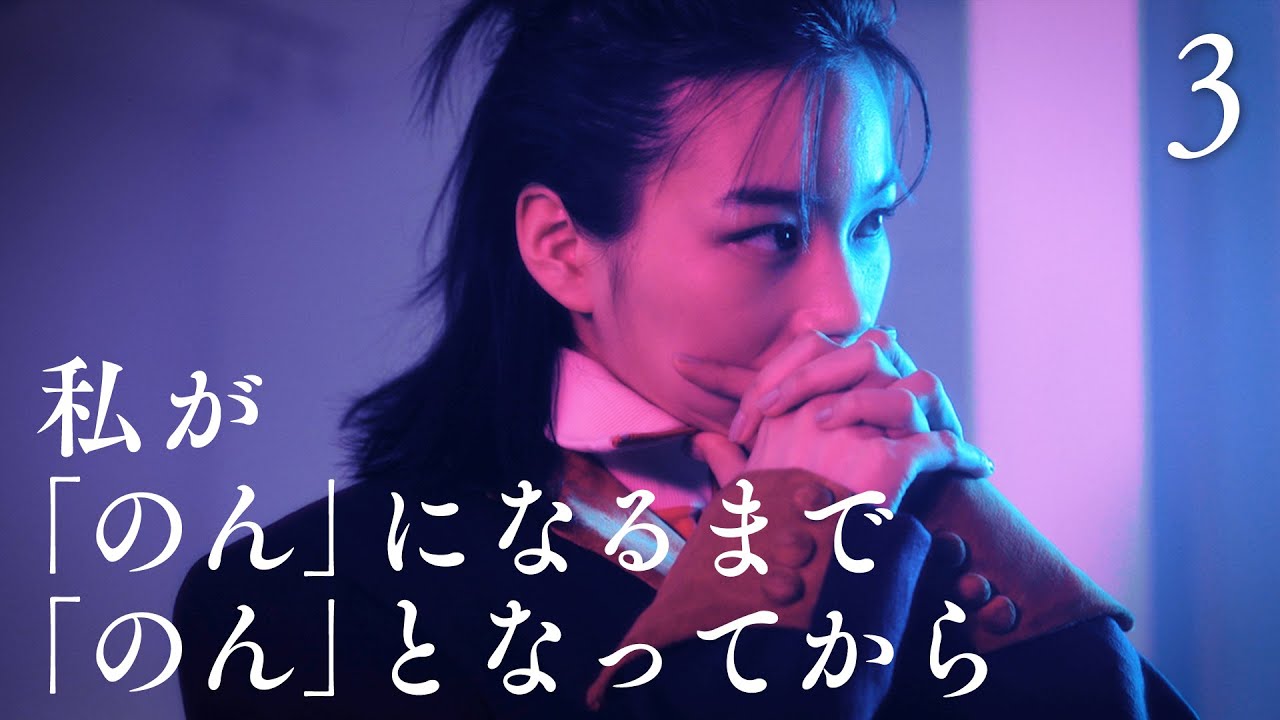祈りを知れば表現が豊かになる | 木下 英大 | TEDxFukuoka
Summary
TLDRこのスクリプトは、芸術学生が挑戦に直面し、祈りと表現の関係を認識し、克服するために神職者になる物語を語ります。芸術家であり神職者である彼は、調和を祈り、世界と積極的に調和を図ることを目指しています。彼は、祈ることで他人に向けての表現を豊かにできると気づきました。しかし、芸術学生としての彼は、他人からどのように見られるかに悩んでいました。彼は、過去の芸術家が何を表現していたかを学び、芸術が何を表現してきたかを探求し、表現と祈りが一枚岩であると気づきました。神職者として、彼は多くの参拝客と共に祈り、子供の幸せを願う「お宮参り」の場に母親の涙を見、芸術に動かされた瞬間と同じ感情を経験しました。芸術は贈り物であり、受ける側が受け止めることができるように、思いを込めて創造する必要があります。祈りは他人のためであり、子供たちには、自分だけでなく、周りの人々の幸せも祈ることを教えます。挨拶も他人への祈りであり、幸せを願う表現の一形態です。祈りは希望であり、自分の祈りが分かれば、より豊かな表現を通じて世界を豊かにすることができます。
Takeaways
- 🎨 芸術は祈りと表現の両方を豊かにする:主人公は芸術学生として挑戦に直面し、祈りと表現の関係を認識し、神職になれて挑戦を克服しました。
- 🙏 祈りは豊かな表現への道:主人公は祈ることで他人にポジティブな感情を正直に表現できるようになりました。
- 🤔 自己の見方への懸念:芸術学生として、他人の見方への懸念から自分の表現を探求することができませんでした。
- 📚 過去の芸術家たちが何を作ったか学ぶ:芸術の歴史を学び、芸術がこれまで何を表現してきたかを探求しました。
- 🔄 表現と祈りは一枚のコインの表裏:古代の人々が絵を描くことで祈り、そして表現を通じて願いを伝えていたと気づきました。
- 👘 神職としての日常:主人公は神職として、多くの参拝客と共に祈り、日常生活で祈りと表現の結びつきを感じています。
- 👶 お宮参りを通じて感情の共有:お宮参りでの子供の祈りは、芸術で他人に感動を与える瞬間と同じ感情を共有します。
- 🌐 祈りは他人への思いやり:祈りは他人のために行われ、私たちの感情が心から湧き出るものです。
- 🎁 芸術は贈り物:芸術は他人に贈るためのものであり、受ける側が思いを届けるために創造的思考が必要です。
- 👧 子供たちに祈りを伝える:神社での学校見学で、子供たちに他人のために祈ることの大切さを伝えています。
- ⏰ 挨拶は他人への祈り:日常の挨拶は他人への思いやりであり、幸せを願う祈りのようなものです。
- 🌟 祈りは希望:祈りは希望であり、それが私たちの表現を豊かにします。
Q & A
脚本中提到的艺术学生面临的挑战是什么?
-艺术学生面临的挑战是寻找自己想要表达的内容,以及如何通过艺术作品使他人感到快乐。
为什么艺术学生决定成为一名神道教神职人员?
-艺术学生在研究艺术史和表达的本质后,意识到祈祷和表达是紧密相连的,这促使他成为一名神道教神职人员,以便更好地理解和表达艺术。
艺术学生是如何将祈祷与艺术表达联系起来的?
-艺术学生通过研究古代艺术,如拉斯科洞穴壁画,了解到古人通过绘画来表达捕猎成功的希望和祈祷,从而认识到祈祷和艺术表达之间的联系。
神道教神职人员的日常生活是怎样的?
-神道教神职人员每天都会穿着特定的服装,为来到神社的众多访客祈祷,包括为婴儿的幸福祈祷等。
为什么神职人员认为艺术是一份礼物?
-艺术被视为一份礼物,因为艺术家在创作时必须考虑到接受者,深思熟虑地创作,以便作品能够触动他人的心灵。
神职人员是如何将祈祷和艺术表达相提并论的?
-神职人员认为祈祷和艺术表达都是将个人的情感传递给他人的行为,无论是通过祈祷还是艺术作品,都能触动接收者的情感。
为什么神职人员强调为他人祈祷的重要性?
-为他人祈祷体现了对他人的关心和希望,这种无私的态度能够增强祈祷的纯粹性,并且能够促进社会的和谐与幸福。
神职人员如何教导孩子们祈祷?
-神职人员教导孩子们不仅要为自己祈祷,还要为老师、朋友和家人祈祷,通过这种方式培养他们为他人着想的心态。
为什么神职人员认为问候也是一种表达形式?
-问候是对他人的一种关怀和希望,例如日语中的'Konnichiwa'不仅仅是打招呼,还包含了对对方幸福的美好祝愿。
神职人员希望听众从这次讲话中学到什么?
-神职人员希望听众能够认识到自己的祈祷和希望,并通过这种认识来丰富自己的表达,从而丰富自己的世界。
神职人员在讲话结束时提出了什么行动建议?
-神职人员建议听众从现在起,从今天开始,与身边的人打招呼并交谈,以此来实践和传播祈祷的力量,丰富世界。
神职人员如何将祈祷和希望联系起来?
-神职人员认为祈祷是希望的表达,通过祈祷,人们可以将自己的希望和愿景传达给神明,从而实现个人和社会的和谐。
Outlines

This section is available to paid users only. Please upgrade to access this part.
Upgrade NowMindmap

This section is available to paid users only. Please upgrade to access this part.
Upgrade NowKeywords

This section is available to paid users only. Please upgrade to access this part.
Upgrade NowHighlights

This section is available to paid users only. Please upgrade to access this part.
Upgrade NowTranscripts

This section is available to paid users only. Please upgrade to access this part.
Upgrade Now5.0 / 5 (0 votes)






